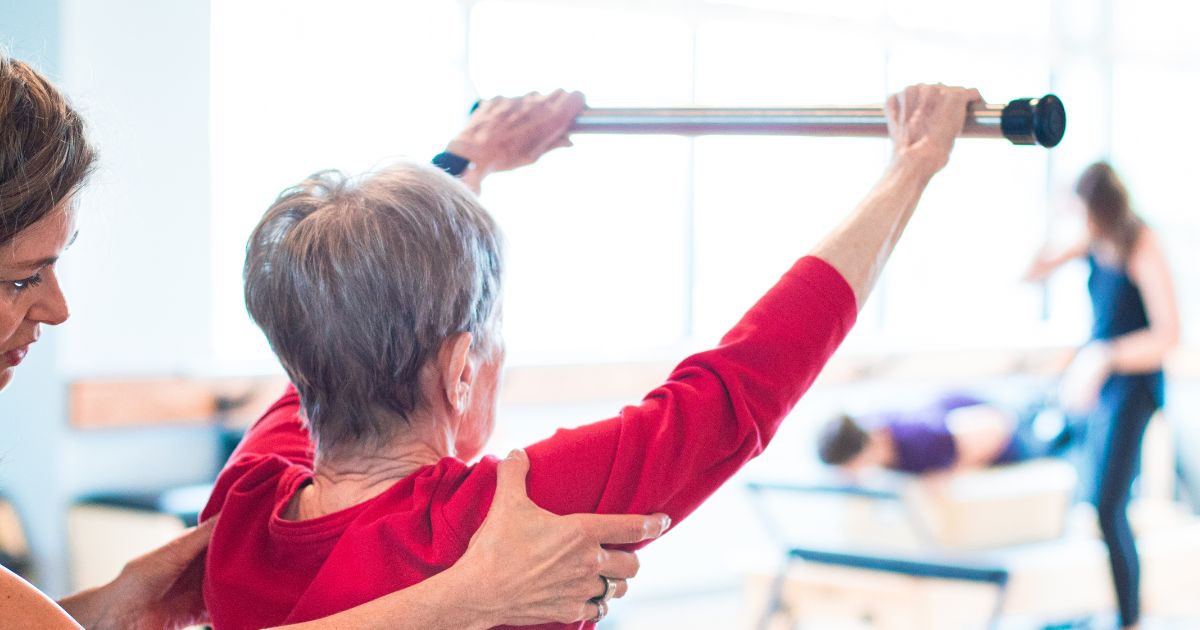Gone are the days of skipping your warm-up! Do you recall the times when you’d simply step out the door and embark on a run without much thought to warming up or cooling down? Many of us can relate to that. However, as we enter our 50s and beyond, the necessity for a proper warm-up becomes undeniable.
As someone who’s past the half-century mark (but who’s counting, right?), I’ve come to appreciate the value of a good warm-up routine. It’s become an essential part of my fitness regimen, and here’s why.
Why is a Warm-Up Crucial?
1. Injury Prevention
One of the primary reasons a warm-up is vital, especially as we age, is injury prevention. Our bodies undergo changes over time, and flexibility tends to diminish. This reduced flexibility makes our muscles and joints more susceptible to strains, sprains, and tears during physical activity.
A well-executed warm-up gradually prepares your body for exercise, loosening tight muscles and increasing blood flow to the areas that need it most. This enhanced circulation provides vital nutrients to muscles and helps them function optimally.
2. Improved Muscle Readiness
As we age, we want our muscles to be primed and ready for action. A warm-up ensures that your muscles are adequately prepared to work efficiently. It’s like priming the engine of a car before setting off on a journey—it ensures smoother performance and reduces the risk of sudden breakdowns.
How to Warm Up Effectively
So, what should you do to warm up your body effectively? Here are some tips:
- Dynamic Stretches: Incorporate dynamic stretches into your warm-up routine. These involve moving your muscles and joints through a range of motion to improve flexibility and mobility. Leg swings, arm circles, and hip rotations are excellent examples.
- Light Cardio: Start with a few minutes of light cardiovascular exercise, such as brisk walking or slow jogging. This gradually increases your heart rate and gets the blood flowing.
- Joint Mobility Exercises: Perform exercises that focus on joint mobility, particularly in areas prone to stiffness, like the hips, shoulders, and knees.
- Gradual Progression: Ensure that your warm-up gradually builds in intensity to match the activity you’ll be engaging in. This progression prepares your body for the specific demands of your chosen exercise.
- Mindful Warm-Up: Pay attention to how your body feels during the warm-up. It’s an excellent opportunity to assess any stiffness or discomfort and make adjustments as needed.
In conclusion, a warm-up is no longer optional, especially after reaching the age of 50. It’s a vital component of a safe and effective exercise routine. Embrace it as a way to safeguard your body, prevent injuries, and keep yourself feeling youthful and active for years to come. Your body will thank you for it!

